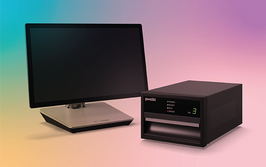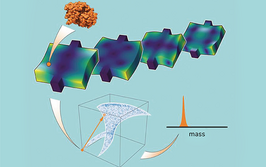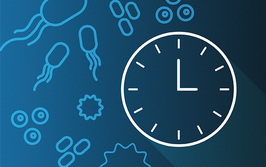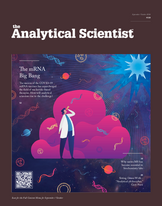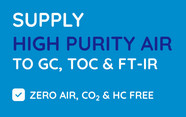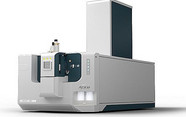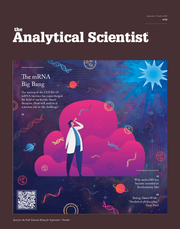Artificial Food Colorants in Yoghurt
Method Transfer LC-UV to LC-MS
Introduction

In many instances rapid, simple yet robust and inexpensive methods are requested for food and beverage testing. HPLC with mass spectrometric detection has more recently entered as a viable analytical technique, especially for determination of adulterants and trace analysis of certain molecules. In the following two applications, an example is presented for analysis of artificial food colorants (E 124 - Cochineal Red A, and E 122 - Azorubine) in yoghurt.
The purpose of the two applications is to illustrate that short 50x2.0 mm Chromolith® columns can be used in a LC-UV HPLC system to screen samples for certain colorants, and thereafter do confirmatory analysis with LC-MS using same experimental conditions. Hence when a new method is being developed the experimental conditions chosen should ideally be considered to fit multiple detection modes to fit further needs and to minimize need for multiple methods for same purpose.
Log in or register to read this article in full and gain access to The Analytical Scientist’s entire content archive. It’s FREE!
